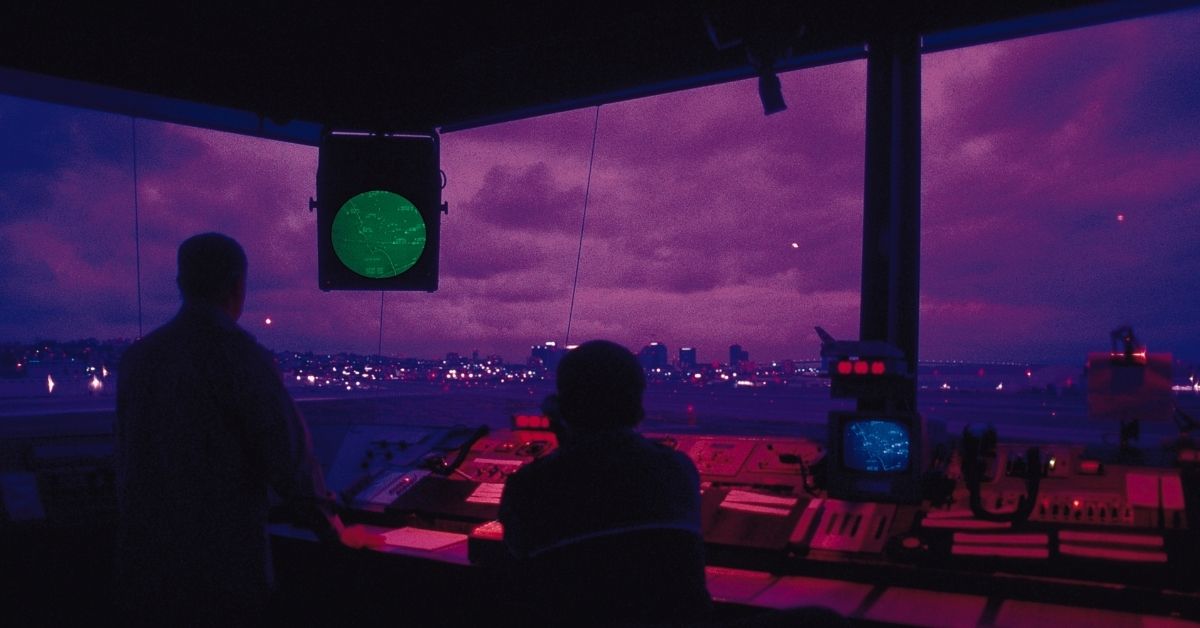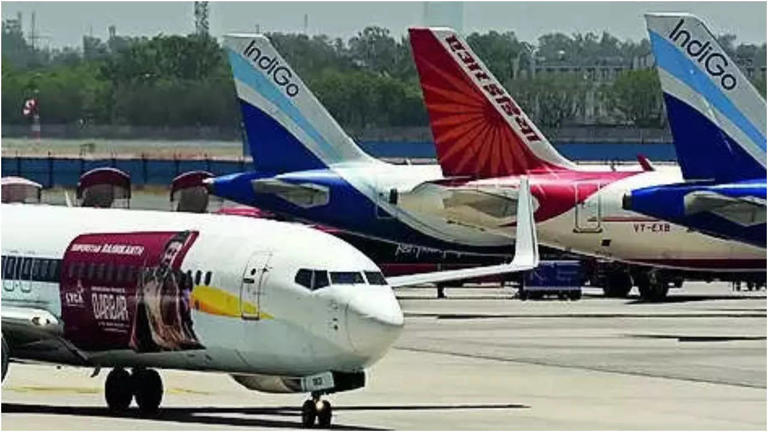Ensuring adequate number of air traffic controllers as air traffic grows: Government

Ensuring adequate number of air traffic controllers as air traffic grows: Government
The decision to reduce the lateral separation between aircrafts is a significant step in enhancing the efficiency and capacity of India’s airspace. As the government focuses on this initiative, it emphasizes the crucial need to ensure an adequate number of air traffic control officers (ATCO) to manage the increased air traffic volume safely and efficiently.
By reducing the lateral separation from the existing 10 nautical miles (18 kilometers), the aviation sector aims to optimize airspace utilization and accommodate the anticipated surge in air traffic. This move is indicative of the government’s commitment to fostering the growth and development of the aviation industry, enabling smoother and more streamlined operations for airlines and other stakeholders.
The emphasis on bolstering the workforce of air traffic control officers underscores the significance of human resources in maintaining the safety and security of the aviation sector. The government’s efforts to recruit and train a skilled and competent workforce of ATCOs are pivotal in ensuring the seamless implementation of the revised lateral separation protocols and in upholding the highest standards of safety and operational efficiency within Indian airspace.
Air Navigation Services, a crucial aspect of the aviation sector, are managed and provided by the Airports Authority of India (AAI). Recognizing the sovereign significance of these services, the AAI plays a pivotal role in ensuring the safe and efficient navigation of aircraft within Indian airspace.
With the notable expansion and development of the civil aviation sector, the availability of an adequate number of proficient Air Traffic Control Officers (ATCOs) remains a top priority for the aviation ministry. This strategic focus on bolstering the workforce underscores the commitment to maintaining the highest standards of safety and operational excellence within the aviation industry.
The International Civil Aviation Organization (ICAO) might have made negative comments about India’s ATCO shortage, which might have also affected passenger safety and the country’s standing internationally. 796 ATCO posts in AAI have been created since July 2021, keeping in mind the significance of having enough ATCOs for the nation’s civil aviation sector. This will ensure safe navigation services nationwide, the aviation ministry said in a recent statement.

The ministry states that the DGCA has released an indicative schedule of 20 working days for the issuance of ATC licenses. In contrast, the average time taken in 2023 is 14.5 days as of right now.As India is ready for a large expansion in airport capacity, AAI has started making plans to safely reduce lateral separation between aircraft, or those traveling in the same direction at the same altitude, and manage more air traffic. Over the course of the next year or two, AAI, which offers air navigation services, or ATC, hopes to cut the existing spacing of 10 nautical miles (18 km) in half by obtaining the necessary permissions from the Directorate General of Civil Aviation (DGCA).
With the upcoming establishment of second airports in major metropolitan regions like Delhi NCR and Mumbai Metropolitan Region, along with the recent inauguration of a second airport in Goa, the country’s aviation infrastructure is undergoing a substantial transformation.
The planned enhancements in airport capacity across cities like Bengaluru, Hyderabad, and several others are indicative of the concerted efforts to accommodate the anticipated surge in air traffic. The expansion of Delhi’s IGI Airport, set to utilize all four runways by next summer, further emphasizes the nation’s commitment to fostering a robust and efficient aviation network.
Union Aviation Minister Jyotiraditya Scindia’s projection of India’s exponential growth in air passenger traffic, aiming for 42.5 crore passengers annually by 2035, highlights the remarkable trajectory of the country’s aviation market. The proposed increase in the number of airports, including heliports and water aerodromes, from the current count of 148 to 230-240 by 2030, signifies the comprehensive efforts being made to strengthen the aviation infrastructure and support the burgeoning demands of the industry.
Moreover, the expected doubling of the combined fleet size of Indian carriers, reaching approximately 700 by the end of the decade, underscores the ambitious plans and investments underway within the aviation sector, heralding a period of significant growth and development for India’s aviation industry.
The officials’ statement underscores the visible progress and substantial developments underway within India’s aviation infrastructure. The ongoing efforts to construct new terminals, runways, and airports, alongside the expansion of existing facilities across various cities, exemplify the government’s proactive approach to meeting the growing demands of the aviation sector.
As the country prepares for increased air traffic and heightened airport capacity, authorities are emphasizing the critical need to concurrently strengthen air traffic control (ATC) capabilities. This holistic approach to infrastructure development aligns with the overarching goal of maintaining a paramount focus on safety, ensuring that stringent measures and protocols are in place to regulate and manage the surge in air traffic effectively.
The synchronized efforts to enhance both ground infrastructure and air traffic control mechanisms signify the comprehensive strategy employed to facilitate a seamless and secure aviation experience for passengers while fostering the sustainable growth and advancement of the Indian aviation industry.





